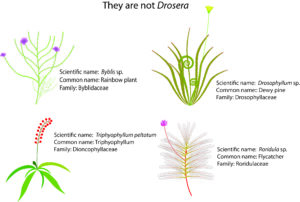
Carnivorous plants that look like Drosera
Well, we heard of sundew, the Drosera, when the dew is shined by light, it produces a mini rainbow. Why does it not called a rainbow plant? This is because the rainbow plant, the common name, is taken by Byblis under the family of Byblidaceae that is native to Australia. Byblis can appear as frosted sprays of water and sparkle with multicolored hues in the presence of light. It is not a sundew but it […]
Read More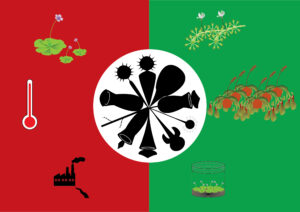
An imagination story: an introduction of carnivorous plants
Plants are mostly autotrophic that produce food by photosynthesis from inorganic raw material like sunlight and carbon dioxide. However, there is a very special group of plants that evolved in a unique way that they obtain nutrients through trapping animals. Unlike parasite plants who are unable to photosynthesis, carnivorous plants are capable of making their own food by photosynthesis and meanwhile capable of eating animals. As sessile and passive forms of life, how do carnivorous […]
Read More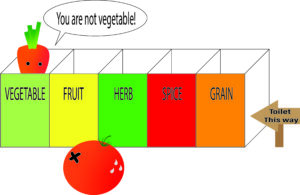
Know your kitchen plants like a botanist
How many names of the fruits and vegetables do you know in the market or your kitchen? To know their common name, it is easy! That is because all plants are labeled before we purchased them from the market. However, do you know what is a vegetable and fruit scientifically? When we buy some vegetables at wet markets or freshly from the farms, we often see tomatoes are selling together with other vegetables such as […]
Read More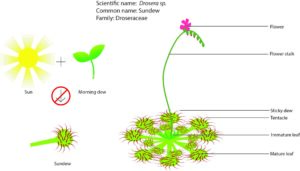
Drosera, not the morning dew but sundew
Sundews (Drosera sp.) are probably the most diverse genus of carnivorous plants in the world which consisting of around two hundred species. Commonly known as sundew because the word, Drosera in Greek means dewy. The “dew” found on the hair of sundew exhibit mini-rainbows whenever they are struck by sunlight. They can be found in Canada, Alaska, Siberia, Europe, Nother America, Brazil, Queensland, southernmost regions of New Zealand, and South America. It occurs on almost […]
Read More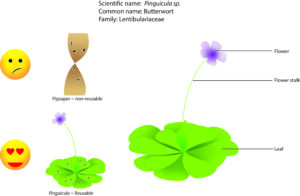
Pinguicula – the flypaper
Pinguicula sp. under the family of Lentibulariaceae, commonly known as butterwort, and means the little greasy one in Latin. It consists of about 50 species. It is greasy due to the slimy, sticky, and greasy touch of the leaves. “Ping” is not sticking to the common impression of carnivorous plants. They do not have the capability of killing large insects or small mammals with specialized and colorful leaves that differentiated into sophisticated traps. Pinguicula is […]
Read More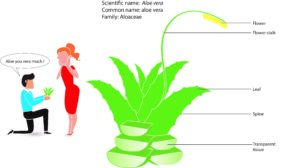
Aloe you vera much
Aloe vera is one of the few plants that share the same scientific and common name. It is a flowering plant that originates from Northern Africa under the family of Aloaceae, which was previously placed under the lily family (Liliaceae). Aloe vera is a xerophyte, a plant that can grow in arid conditions and can withstand long periods of drought. This adaptation includes waxy leaves, the ability to store water, leaves reduced to spines to […]
Read More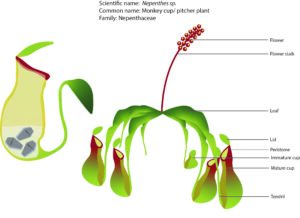
Nepenthes – not your “cup” of tea
If you think about a cup in nature, what comes to your mind? The monkey cup is a good call, as a carnivorous plant, scientifically referred to as Nepenthes sp., it is unique because of its modified cup-shaped leaf that looks like a small vase with a lid. Some people use the cup as a container to cook sticky rice added with coconut. Travelers often use older pitchers as water scoops or to catch rainwater. […]
Read More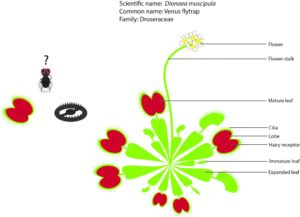
Venus flytrap – don’t fall into the “trap”!
Venus flytrap (Dionaea muscipula) is the most exciting and popular among all carnivorous plants as it has modified leaves as snap traps. It is under the family of Droseraceae and the only species in its genus. Venus flytraps are native only to the coastal plain of southeastern North Carolina and extreme northeastern South Carolina. It can be found the area with unfavorable conditions such as peaty and acidic soil mostly low nutrient availability in damp […]
Read More